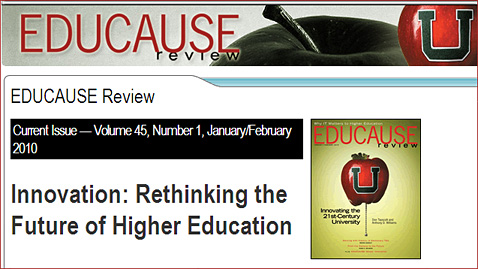From –> The Ultimate Use for 360 Feedback (2008).
Starting at paragraph #3:
A much more powerful application of 360-degree feedback goes beyond the diagnosis to support changes in behavior (emphasis DSC). A doctor’s diagnosis can reveal the disease, but this information can’t cure it. Likewise, 360-degree feedback can identify priority areas for improvement, but this information isn’t enough to improve work habits. Changing a behavior pattern may require instruction, followed by months of reinforcement. Try changing the way you eat or the way you swing a golf club. Tiger Woods made changes in his swing early in 2004, and he didn’t start to win again until almost a year later, after persisting through hours of practice every day.
The problem is that even with the best of intentions, when people try to do things differently, initial attempts tend to feel awkward. When these efforts don’t achieve the desired result, frustration and discouragement follow. Without a formal program of follow-through reinforcement and without support from the direct manager and others in the workplace, people tend to fall back on what feels familiar and comfortable. They eventually return to their old way of doing things. (emphasis DSC).
To achieve the desired changes in behavior, 360-degree feedback needs to be followed by several months of reinforcement, involving ongoing learning, ongoing feedback, coaching and accountability. It takes that long for the brain cells to grow and reconnect into new pathways that are the physical basis for new behavior patterns.(emphasis DSC).
From DSC:
I’m reflecting on this in that I agree that:
- It takes time to change
- It takes a sustained, purposeful, often-times tough effort to change
- It takes buying into the need for change
Now…I’m thinking about what it takes to change behavior on a massive scale…say as in a university or college. Affecting the culture and/or the strategic directions of a university or college — to the point of a massive change in behavior — WOW! No wonder why culture is so hard to change.
It’s hard enough to get people to change when they see the need for change. But now consider our current predicament…how do you get people to buy into the need to change directions when they can’t yet see the need for change?
Problem is, a time is quickly coming on those of us in higher education where change is not going to be an option — not if you want to keep your doors open. The need for change (i.e. a significant decrease in enrollment) may not be seen until it’s too late. Even given a new game plan to deal with things, the culture may not be able to sustain that kind of change. It doesn’t know how. It’s not used to that level of change.
So my advice is to start sewing the seeds of change now within your university, college, or school. Develop a culture that is more responsive…more nimble…more willing to change and to try new ways of doing things. If you are successful in helping the culture be open to change, you have made an enormous contribution to what it will take to survive this next decade.









